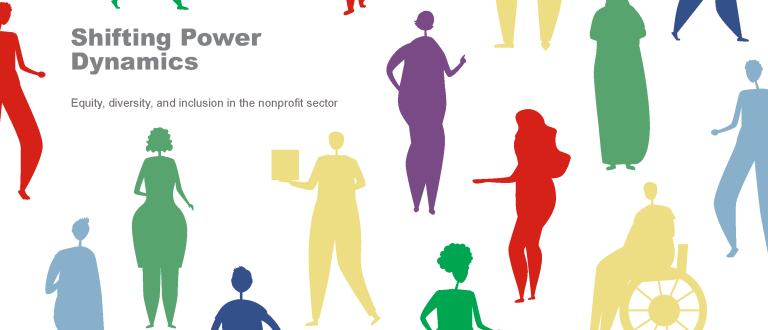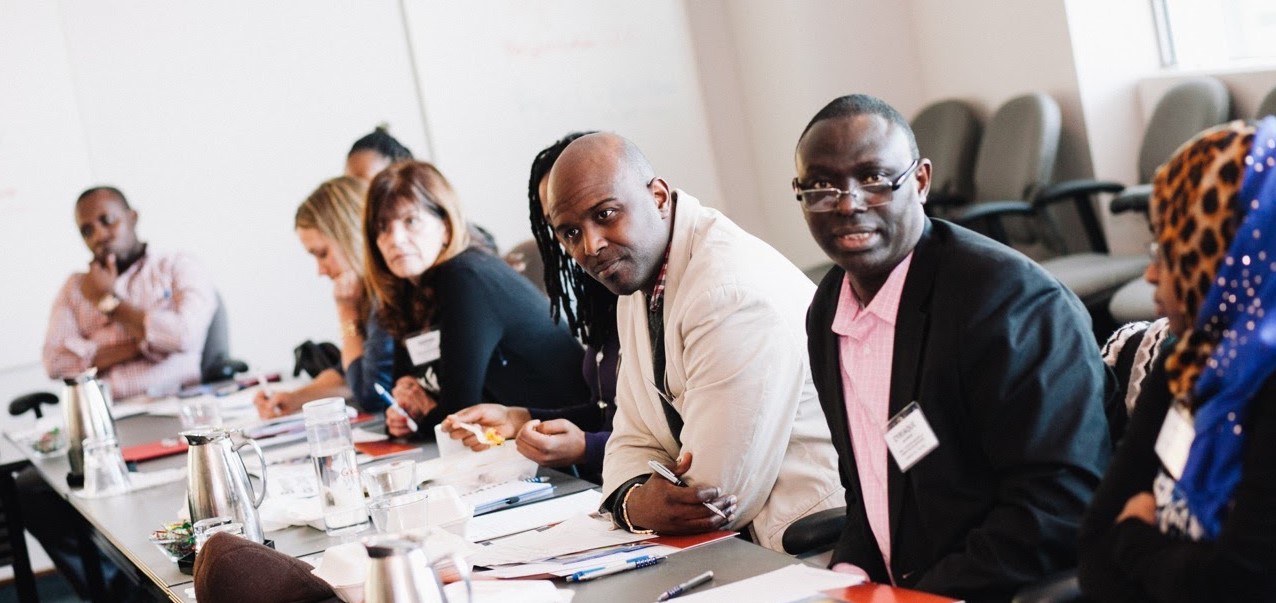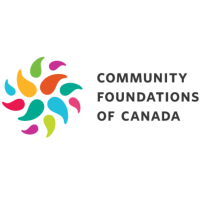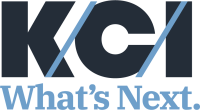Equity Benchmarking Project | Equitable Recovery Collective




Text version of the report is available here.
While most nonprofit leaders support equity, diversity and inclusion, far fewer pursue it with deep intentionality.
Nonprofit leaders widely support the principles of equity, diversity and inclusion, see their value, and believe they are acting in accordance with them. Most organizations are also taking at least some steps to put their beliefs into action. However, many do not appear to be deeply or enduringly committed to EDI. Small and mid-sized organizations and white-led organizations are the least likely to be intentional in their pursuit of EDI.
Organizations led by Black and Indigenous people and those from other underrepresented communities do more to advance EDI, even though they serve some of the highest-need communities, experience increased expectations, and face greater barriers.
Black, Indigenous, racialized-led nonprofits and organizations led by those from other underrepresented communities consistently engage in more equity-enhancing practices. These organizations outperform white-led organizations on almost every EDI measure included in the survey. This is despite the fact that these organizations serve some of the highest-need populations, tend to have fewer resources than white-led organizations, and experience higher demands for accountability from funders.
Funders have a key role to play in advancing EDI by supporting Black, Indigenous, racialized-led organizations and other organizations committed to advancing EDI.
Organizations led by Black and Indigenous people and those from other under-represented communities are more likely to face challenges with both levels and types of funder support (e.g., lack of long-term and core support). At the same time, these organizations are more likely than white-led organizations to have seen funder expectations related to EDI increase since the pandemic, in spite of the fact this research shows that white-led organizations are the ones lagging in EDI practices.
Results are based on responses from 1,655 charity and nonprofit leaders who completed the survey between August 18 and October 31, 2022. For the purpose of analysis, organizations were grouped into three categories: white-led organizations, BIPOC-led1 organizations, and organizations led by individuals from other underrepresented groups (e.g., people with disabilities, from the 2SLGBTQIA+ community).
1Note: The acronym “BIPOC” stands for Black, Indigenous and People of Colour. We recognize this is a controversial term that is justly criticized for masking the diverse experiences and perspectives of the populations it includes. Unfortunately, given the size of the sample, we must group responses together to have sufficient statistical power to highlight differences by organizational leadership.
Supplementary tables of detailed findings are available here.

EDI is relevant to all organizations, not just those with EDI-related missions. All organizations, including smaller ones with fewer resources, can help advance equity. The survey shows that focus, intentionality, and buy-in are the biggest enablers for organizations seeking to advance EDI. Shifting mindsets and dedicating time and resources are critical to making meaningful progress. Below are some suggestions for starting your organization’s EDI journey. We invite you to review the blog post for additional commentary.
Hold discussions and education sessions
The first step is to have discussions with your staff and board about EDI and how it relates to your organization’s vision and mission. Consider the populations you serve and the communities in which you are located. These are likely not homogenous. Talk with other sector leaders about the value of EDI and how it can become part of your organization's governance, management, and relationships. Educate your board, staff and volunteers about the aspects of EDI that are most relevant to your work.
Conduct an equity audit
Once you’ve got the conversation going, a good first activity is to review what your organization is already doing to advance EDI. Guiding principles are needed along with equity audits; identify the underlying principles that are going to guide this work. It is essential that this process is genuine and rooted in intentionality. Meaningful change requires reflection and an evolution of organizational culture and practices.
Develop a plan
Use the information collected during the equity audit to develop a plan for what your organization could do to improve its EDI practices. Develop specific goals and identify the actions you will take to achieve them. Organizations need to have a vested interest in the outcomes they want to achieve and the change they want to see. Developing a plan will keep your organization accountable as it takes this journey.
Create an equity working group to implement the plan and track your progress
The survey shows that having an equity working group of some sort is a key driver of change. An equity working group is an intentional mechanism that can steward change within your organization, track progress, and keep your team accountable. Depending on your organization, this group could be comprised of board members, staff members, or both.
This research was conducted as part of the Equity Benchmarking Project. The goals of this project are to:
- Advance equity by building relationships with a wide range of charitable and nonprofit organizations and equity-seeking groups
- Increase awareness of the different facets of equity including intersectionality, anti-racism and anti-oppression, justice, equity, diversity and inclusion, reconciliation and decolonization
- Determine courses of action the sector can take to evolve in these areas; and where practice-based experts want the sector to go
- Contribute to greater equity in the sector and Canadian communities
The Equity Benchmarking Project is a project of the Equitable Recovery Collective, a group of nonprofit organizations working to advance equity in nonprofit sector policy, foster a more equitable funding environment, and build sector-wide capacity to advance equity in nonprofit organizations.
Members of the Equitable Recovery Collective and/or Equity Benchmarking Working Group:
- National Association of Friendship Centre
- Network for the Advancement of Black Communities
- Ontario Nonprofit Network
- Philanthropic Foundations Canada
- Pillar Nonprofit Network
- PolicyWise for Children & Families
- The Canadian Red Cross Society
- The Circle on Philanthropy and Aboriginal Peoples in Canada
This project was proposed and advocated by the Network for the Advancement of Black Communities (NABC), and made possible thanks to generous support from our Lead Partner, Scotiabank.
Imagine Canada is also grateful for the support and participation of our Sector Partner, The Canadian Red Cross Society, and acknowledges the support of our Knowledge Partners, Community Foundations of Canada and KCI.
Lead Partner
Subscribe to the Imagine 360° Newsletter



